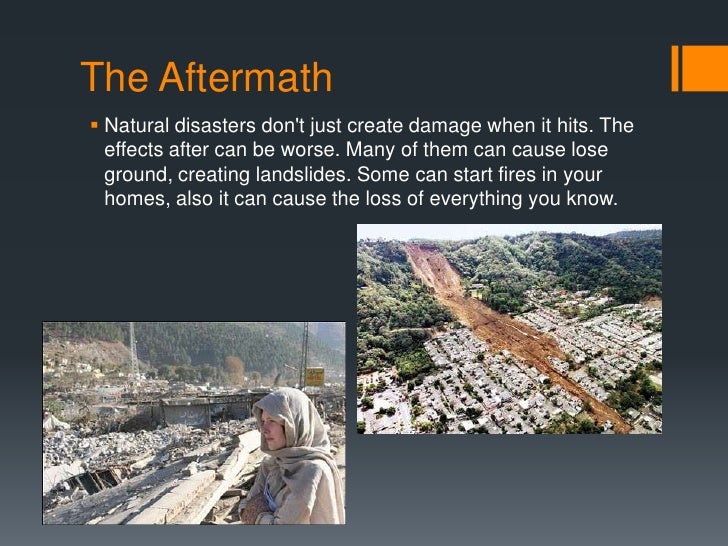Biological Disasters Ppt
Biological disasters belong to the class of natural disasters and define the devastating effects that may be caused by an enourmous spread of a. Biological disasters 1. Manual Prosedur Kerja Pembantu Tadbir N17 Di Sekolah. Definitions (° Biological agents ° Biological warfare/bio-terrorism )2. Causes and Methods of dissemination of biological.
Epidemic-level biological disasters affect large numbers of people within a given community or area, whereas pandemic-level biological disasters effect a much larger region, sometimes spanning entire continents or the globe. Cholera is an epidemic-level biological disaster, while swine flu is a pandemic. Other epidemic examples include Ebola, dengue fever, malaria and the measles. The United States Center for Disease Control (CDC) categorizes biological hazards that could potentially cause a biological disaster into four levels. These are classified as biosafety levels 1-4 or BSL 1-4. BSL 1 contains viruses like chicken pox and requires only the use of facial covering and gloves to protect against contagion. BSL 2 contains diseases and viruses that are not generally airborne, such as hepatitis and HIV.


BSL 2 takes more extreme precautions within a lab setting for safety purposes, including the use of autoclaves for sterilizing and biological safety cabinets. BSL 3 includes diseases that cause potentially fatal reactions in humans and requires much more stringent safety protocols within the lab. This can include the use of respirators to prevent airborne infection.